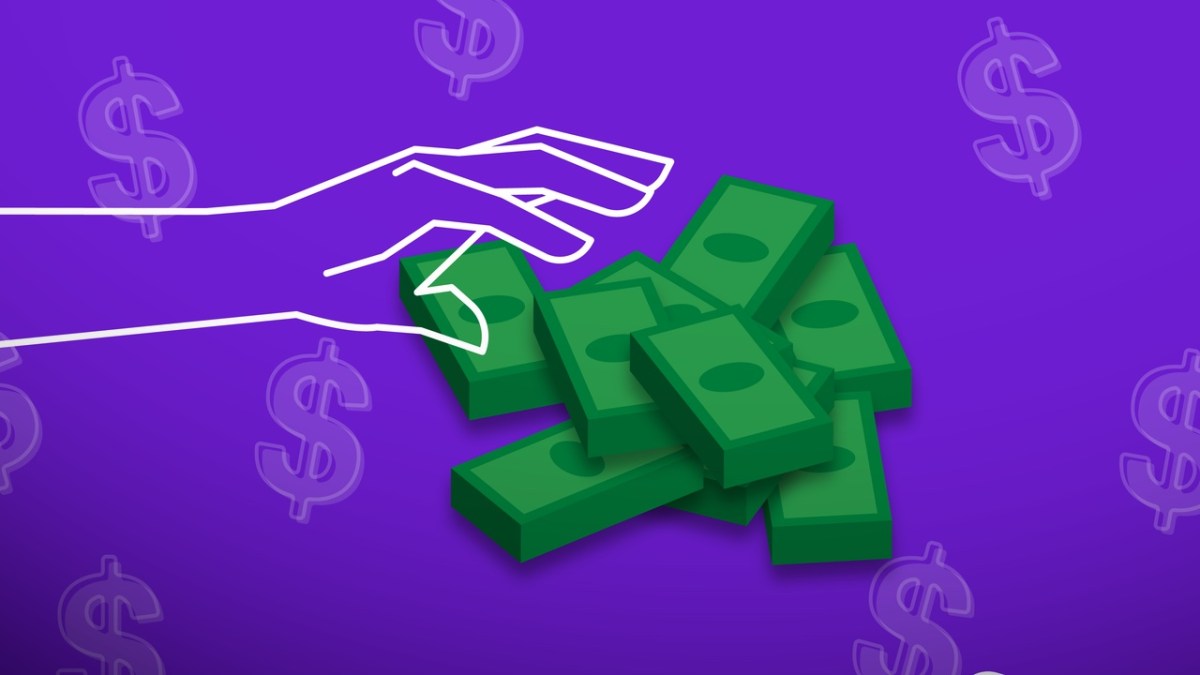YouTube has become the biggest platform out there, offering tons of opportunities for creators to earn a living. Back in June, the company reported that its creative ecosystem added over $55 billion to the U.S. GDP and created more than 490,000 full-time jobs.
However, many YouTubers have reduced their reliance on ad revenue and brand deals. There are several reasons for this shift. First, ad revenue can be unpredictable. With YouTube continually updating its policies, some creators find it challenging to secure ads for their videos, which can negatively impact their earnings. They’ve also realized that income from these streams can vanish unexpectedly.
Recognizing the volatility of platform-dependent revenue, many YouTubers are no longer just creators. They’re vertically integrated media companies with parallel businesses, including product lines, brick-and-mortar ventures, and consumer brands that can outlast algorithm changes and policy shifts.
In some cases, these side businesses are growing faster and more sustainably than their YouTube channels.
MrBeast
Image Credits:Beast Industries
Jimmy Donaldson, known as MrBeast, who has 442 million subscribers, isn’t just one of YouTube’
Continue Reading on TechCrunch
This preview shows approximately 15% of the article. Read the full story on the publisher's website to support quality journalism.
